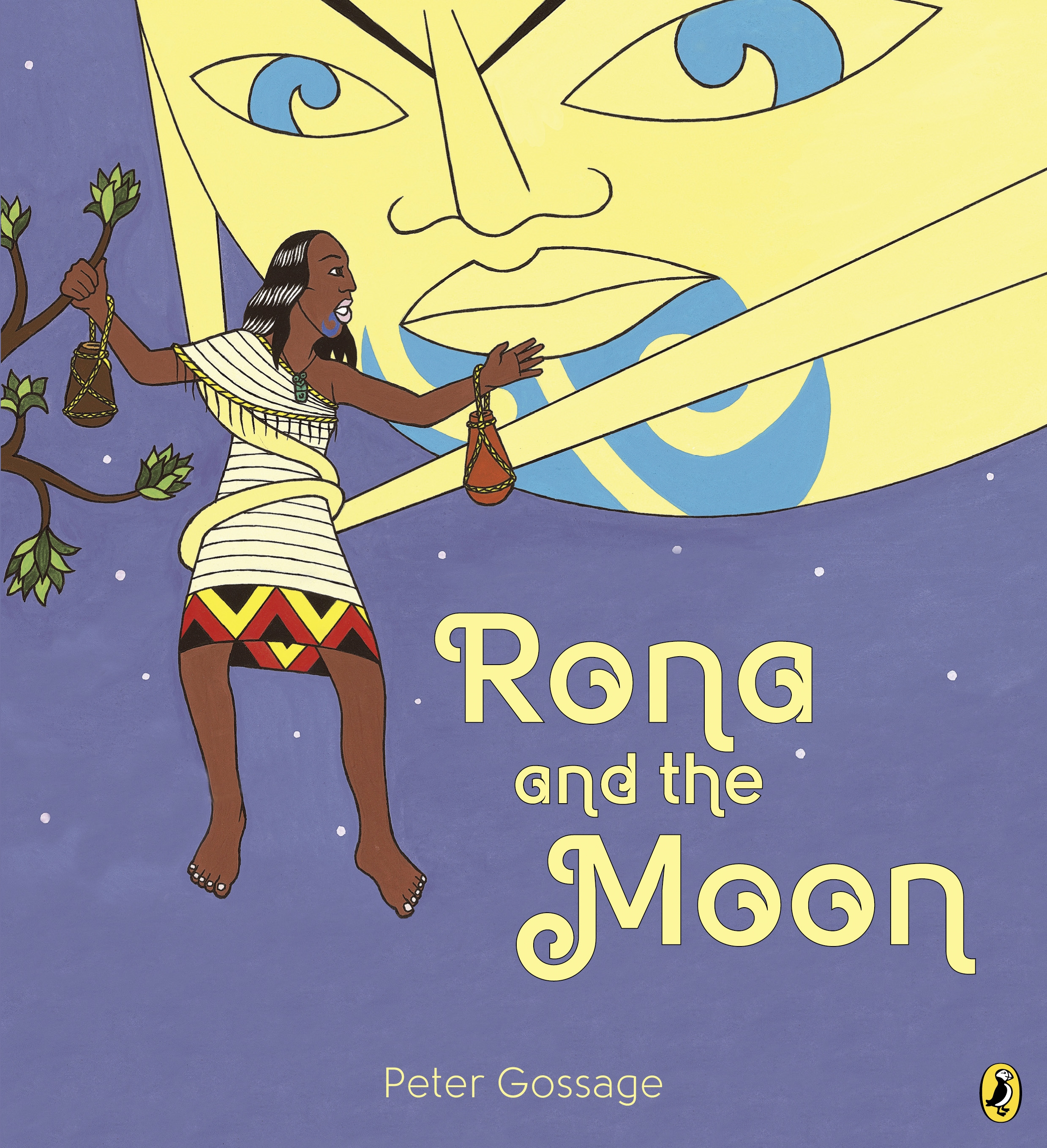T2 W3+4
Section outline
-
Enter text here...
EXPLORE / TŪHURA learning intentions:
- We are EXPLORING our context of Kaitiakitanga through Astronomy and observing the difference phases of the moon and recognising these.
- We are EXPLORING our context of Kaitiakitanga through Astronomy and organising the maramataka (Māori lunar calendar) according to times of seasonal harvesting, fishing etc.
- We are EXPLORING our context of Kaitiakitanga through Astronomy by researching on the life cycle of stars, connecting this to the matariki star cluster, looking at the day/night cycles and seasons and connecting this to the placement of components within the solar system
Enter text here...

Paearu Angitu / Success Criteria:
I can/have...
- Describe the surface of the moon + describe how meteorites have created these features
- Compare cultural stories + myths to learn how different cultures have their own interpretation of the moon's appearance
- Brainstorm + write a moon myth
- Identify + describe the phases of the moon (new moon, waxing moon, half moon, waning moon, full moon)
- Make connections between the moon phases and the calendar month
Hei Mahi / Activities:
- Literacy activities: Read "Night Light" article to uncover basic moon facts, "Manned Missions" reading passage to identify locations of landed Apollo missions, write our own moon myths
- Practical: investigate how meteorites of different sizes have affected the moon's surface,
- Hands-on: moon phases with oreos, role play to make moon phases
- Digital activities: BrainPop "Moon Phases" - video, quiz, challenge + 2 related readings
- Class notes: Google Slides
